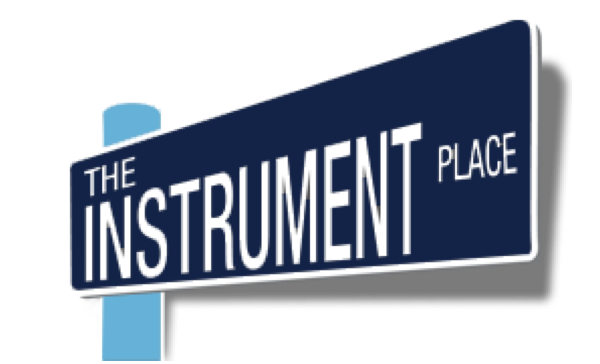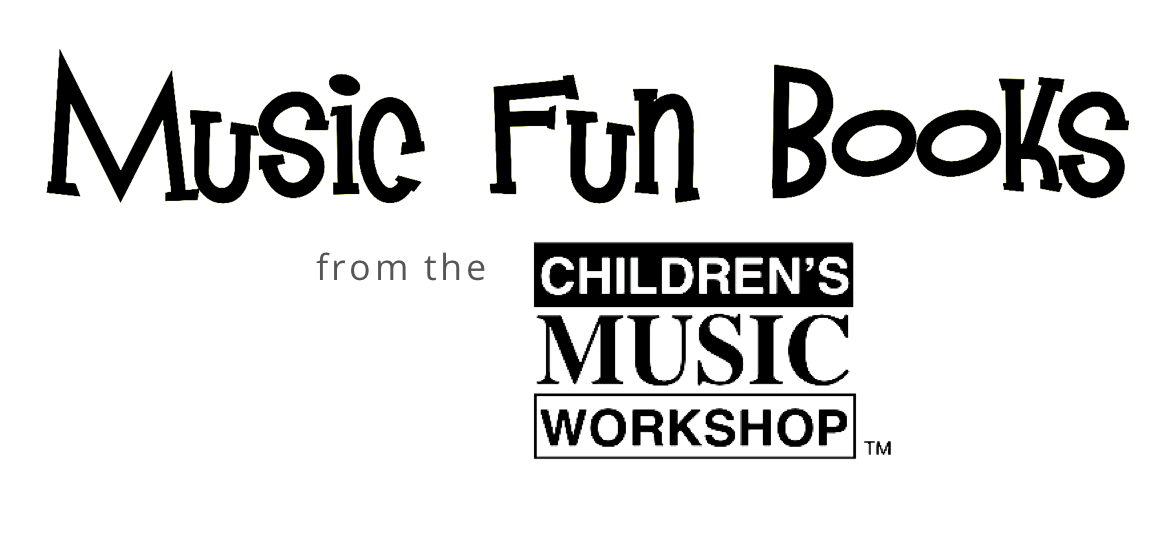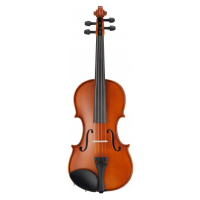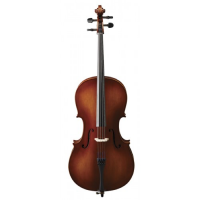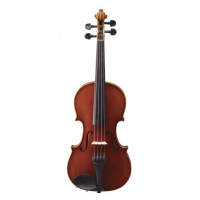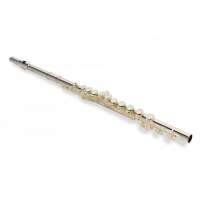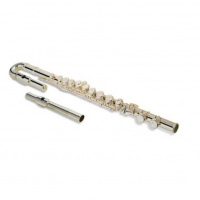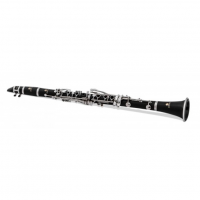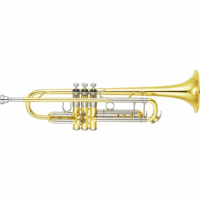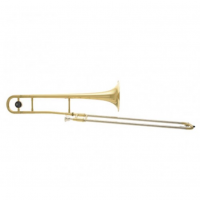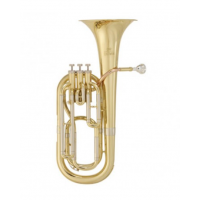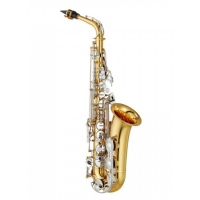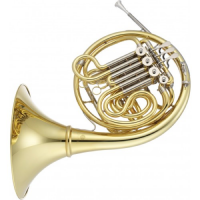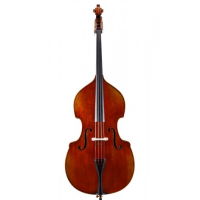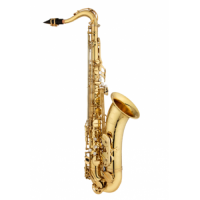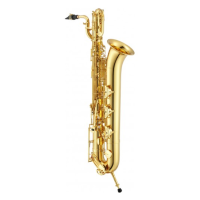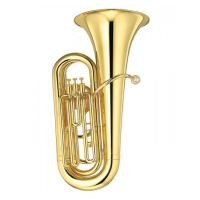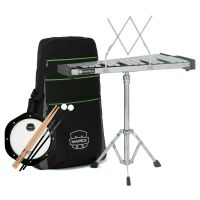History of the Baritone Horn
How well do you know the history of the baritone horn?
The earliest recognizable predecessor of the baritone horn was an instrument with a body that curved back and forth like a snake, thus is was known as a "serpent." This early wood instrument also had a mouthpiece and generated very low tones. However, these instruments had no keys, only tone holes to be covered with fingers, so true chromatic playing was next to impossible.
In the 1810s, Jean Hilaire Aste produced a keyed instrument crafted in brass in his Paris workshop that he called the "ophicleide." At first, the ophicleide was seen as just a mechanical improvement to serpents and other contrabass brass and woodwind instruments, so his invention didn't receive the respect it deserved at first. Part of this might have been due to its somewhat unusual appearance: it shared the bent-in-the-middle look of the bassoon and a curled leadpipe. However, appreciation for the quality of the instrument grew quickly and Aste received a patent on the ophicleide in 1921.
The 1830s was a period when instrument makers in Austria and Germany were experimenting widely with brass instruments, particularly in the baritone and tenor range. Other instruments in this area included saxtubas, sax trombas, Wagner tubas, contralto horns, alto horns, and valved trombones.
Adolph Sax, the namesake of the saxophone, made his own valved instrument in the baritone range as part of his family of "saxhorns." This instrument was known as the baritone saxhorn.
Sax was not only a gifted instrument designer but also a spirited promoter. By the 1850s, he had convinced the French military to use saxhorns exclusively in military band exercises.
The saxhorn had some important distinctions from today's baritone horn. The tubing of the saxhorn was much less wound, so it stood a good bit taller than today's horn. It also had a flare that appears more conical than today's horn. This instrument was a very common sight in bands later in the 19th century.
Since this time, there have been gradual improvements to the quality of the instrument in terms of intonation and playability, but there have not been major evolutionary shifts. The number of keys has come down over time to the three you now see today.
When you see a baritone used in a marching band today, you will likely see a marching version of the horn. These are constructed horizontally with a bell that projects out in front of the player like an oversized trumpet.
The baritone is not to be confused with the euphonium. Many people use the terms "euphonium" and "baritone" interchangeably, though this is incorrect. The two instruments look alike, but the euphonium has a larger conical bore that gently tapers out to the bell and an extra valve. The baritone has three valves and a smaller, more cylindrical bore. British models tend to have the bell pointing directly overhead, while American versions have a bell that aims forward at a slight angle.
Famous Baritone Horn Players
The baritone horn is primarily and big band and jazz hall instrument (especially Latin), but it is often heard blasting from a horn section in rock and pop music as well. While classical music does not make extensive use of the baritone, it is heard there as well on occasion.
Famous classical baritone players include James Morrison, Lyndon Baglin, Herbert Scott, Alex Mortimer, Harry Mather, Leonard Falcone and Stephen Mead.
Well known jazz baritone players include Rich Matteson, Bernard McKinney, Howard Johnson, Phineas Bower, Maynard Ferguson and Billy Miller.
